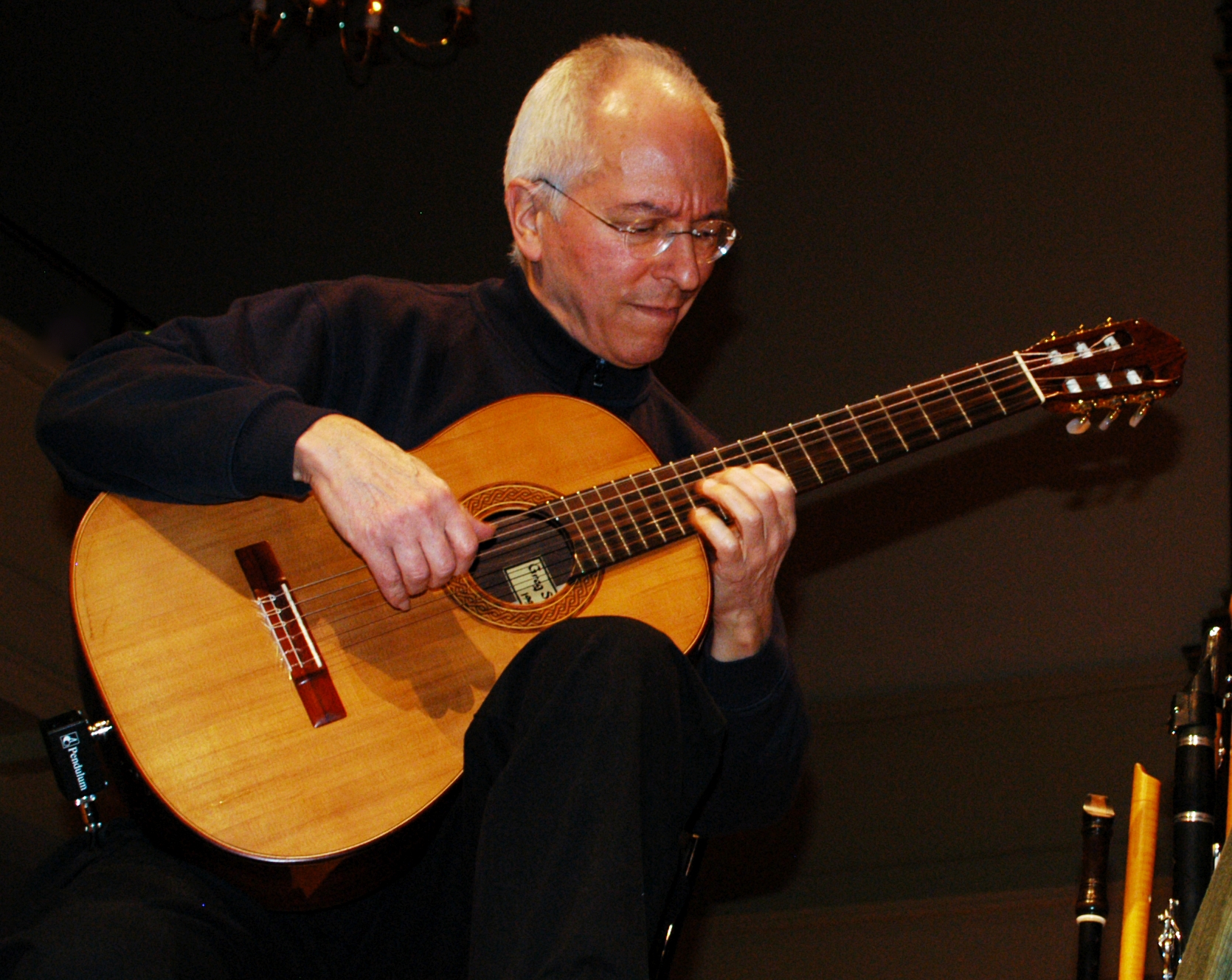Fingernails
An easy way to spot a guitar player is to look at their fingernails. Many guitarists will have almost no fingernail on the left hand while having perfectly shaped, long and polished fingernails on the right. Although not mandatory for all guitarists, those of us who play classical guitar could not imagine playing without them. Musicians who do not play classical guitar may still have right hand nails for the sound and versatility it offers. As common as this is, it is still a mystery to some as to why guitarist do this and how to get started with nails. Here are a few tips and explanations.
- Classical Guitar– Ever since Dionisio Aguado pioneered the use of fingernails in the early 19th century most guitarists never looked back. Back then, guitar appreciation was suffering in the music world due to the lack of volume able to be produced. Playing with a combination of the flesh of the fingertip and nail produces a much louder, but warm tone. In addition, the use of the finger nail provides a larger pallet of tone colors not possible without the fingernail.

Not all who play classical guitar will use nails. Many musicians who choose to focus on Renaissance music or play lute or vihuela choose not to use nails as this was not the style at the time.
- Other Styles- Folk, Bluegrass, and jazz guitarist will still grow their nails for many of the same reasons as the classical guitarist. However even when using a guitar pick it is still advantageous to have nails and know how to use them. I’ve played many rock or jazz gigs where picks have fallen to the ground. Having fingernails allows me to transition without missing a beat with little to no difference in the sound.
- How to get started- Do not start with nails. This may sound a little counterintuitive, however if you are new to fingerstyle you want to spend some time finding the sweet spot of your fingertip (especially young students). The sweet spot is the tip of the finger where the flesh and the nail meet this is the spot for optimal tone. This allows the string to touch the flesh and slip off the nail. If a student is not trained to aim for the spot they will have issues with tone and rhythm. Students must also be taught to pluck the string correctly by pushing the string rather than pulling on it or brushing it to the side.
- Maintenance and shape- Especially for young students it is not a good idea to grow the right-hand finger nails until they can properly maintain and shape them. Students studying fingerstyle should file and polish their nails every time they practice which creates a consistent work surface for the student to improve. Not polishing the nail will leave rough spots which can grab clothing and tare the nail. This can be a major setback while waiting for the nail to grow back.
The nails must be kept at a consistent length and polished smooth. If the nail is too rough this will be reflected in the tone produced. If the nail is too long, it will touch the string before the flesh. This causes harsh buzzes, clicks and other undesirable sounds.
Shaping the nail is a personal preference for each player. There are general guidelines for growing and shaping the nail, however every guitarists fingers and nails are a different shape, thickness and grow differently. The best thing to do is get a nail file kit and start experimenting with different shapes and lengths. It may take some time, but it will pay off in the end.
